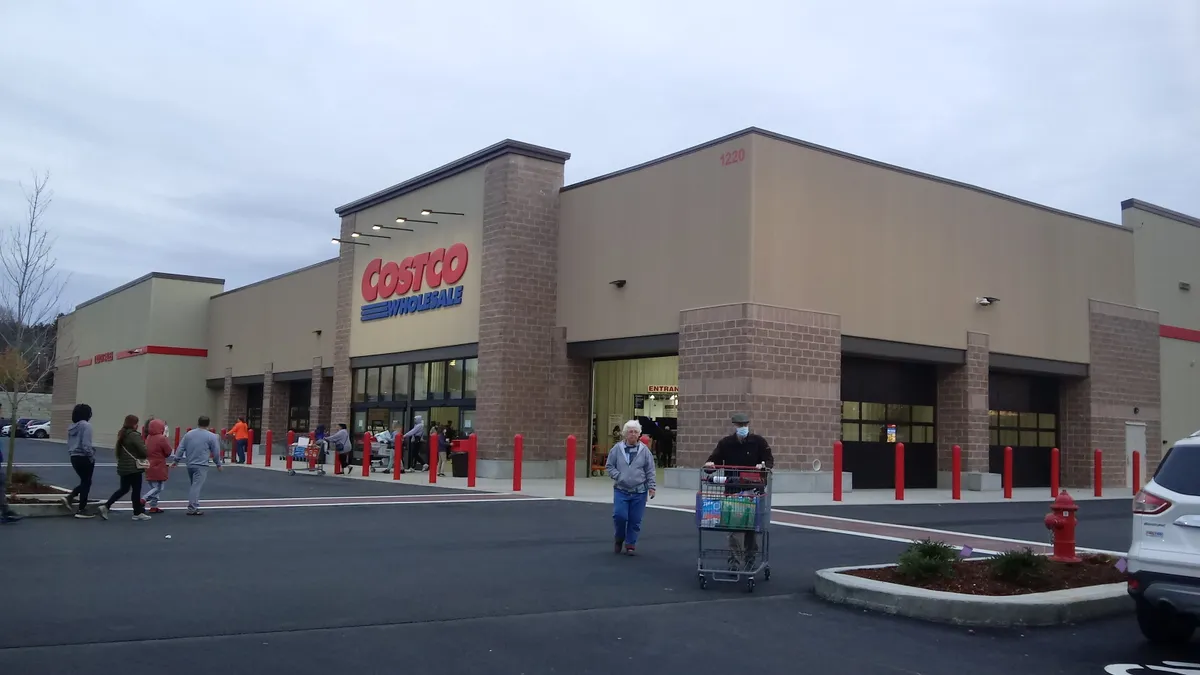For CFOs of large firms, the current era of price volatility means they need to employ more targeted approaches based on a growing repository of data about consumer habits and pricing moves from competitors.
But that comes with risks and challenges, including the obvious pressure from consumers who may be more ready to jump when prices get too high and defensive moves from brands to block competitors from gathering pricing information from their digital stores.
“[Inflation] has only reduced margins for people who didn’t have this dynamic pricing capability,” said Jean-Manuel Izaret, who leads the marketing, sales and pricing practice for Boston Consulting Group in North America. “CFOs need to be conscious and prepare for a more dynamic price, supply and demand environment.”
Brands and retailers are fine-tuning their dynamic pricing strategies to maintain their competitive positions as inflation and price volatility squeeze margins, analysts and pricing strategists said.
Dynamic pricing, defined as fully or partially automated pricing changes based on shifts in demand, customer behavior patterns and other factors, was already common prior to the pandemic. Amazon, for example, reportedly changes the prices for millions of items every few minutes. It’s also used by airlines, hotels and ride-sharing platforms.
A data-driven approach
Retailers, mindful of their margins, are likely to change prices more frequently during an inflationary period, said Tim Ouimet, co-founder of Engage3, a company that offers dynamic pricing technology, working with large retailers and fuel companies, according to Ouimet.
Instead of a product-centric approach, retailers are increasingly pursuing what he calls a customer-centric dynamic pricing strategy. Ouimet said this is done by digging into data about customer habits and preferences. This allows the company selling the product to lower and increase prices in a way that helps them retain the sustainable margins that they need.
“If I'm a retailer, I'm going to price the items my shoppers have the most affinity and price awareness of … as low as I can, and then marginally increase the price of the other items where there's less affinity and less awareness,” he said.
The challenge is to build pricing models that mirror purchase trends as accurately as possible, especially when customers’ buying habits are changing and they may not be as attached to a particular retailer and so would be likely to buy a comparable product elsewhere at a lower cost. If a retailer tests raising prices by “testing against the goodwill of the shopper,” consumers may immediately begin searching for a comparable product from another vendor with a lower price, Ouimet said.
“You have to be granular and embrace science,” said Dhanasekaran Gopal, product head for Optumera, a technology solution from Tata Consultancy Services that helps companies implement dynamic pricing strategies.
“We are moving to a self-learning and almost autonomous world where you can run prices automatically, depending on the strategy you’ve set, and [the system] learns over a period of time,” said Gopal.
New challenges
In addition to rapidly shifting customer behavior and product preferences, retailers also need to contend with defensive moves some retailers may take to thwart competitors from gaining competitive pricing intelligence.
Among the tools offered by some technology providers are “price crawlers,” which mine competitor websites to quickly gather all pricing information. The challenge is that some retailers are blocking these tools, making acquiring competitive intelligence more difficult in some cases, said Ouimet.
And of course, retailers also need to correctly gauge how comfortable customers are with prices that shift more frequently.
“Customers need to be used to having prices move more than in the past,” said Izaret. “If it's not explained right, you tend to face consumers that are asking why things move and consumers push back.”
Despite these challenges, continued price volatility means retailers will be increasingly adopting dynamic pricing, especially as technology systems that let them pursue these approaches become more widespread.
“Dynamic [pricing] means pushing [prices] up or down depending on the supply and demand,” said Izaret. “Systems now exist and retailers, brands but also all of the industrial business-to-business companies now have systems … that allow them to move more dynamically their prices up or down depending on the need.”
Others say many companies have still yet to fully make use of systems that enable dynamic pricing. According to Gopal of Tata Consultancy Services, 15-20% of retailers “have embraced technology that can enable dynamic pricing through science,” he said.
A double-edged sword
The push toward dynamic pricing also means additional pressure on brands and retailers to be careful to not offend the consumer in the process. Some suggest regulators ought to pay more attention. “There is mounting evidence that algorithmic pricing can also lead to unfair discrimination between consumers and encourage implicit collusion between firms, raising prices overall,” wrote John Thornhill in a Financial Times column earlier this year.
“It’s a double-edged sword,” said Marco Bertini, a marketing professor at Barcelona-based Esade Business School. “You’ve got the economic side where it is much more important to optimize those numbers … but on the other side, there's more attention to make sure that [prices] are consistent with what your brand is like.”


















